Celebrate the scary season with some spooky images. Joshua Hoffine reveals the tricks behind his creations
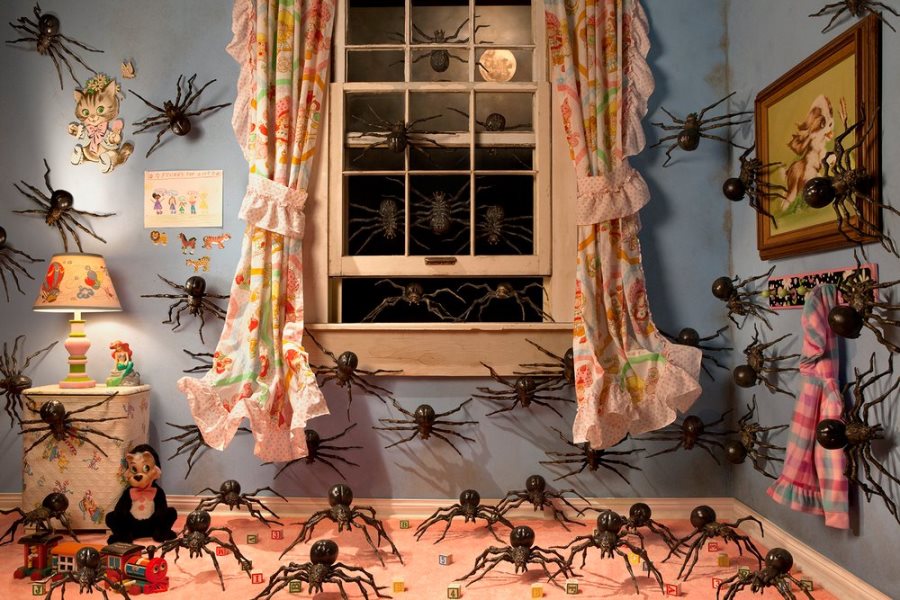
All images by Joshua Hoffine
Halloween season is the time for all things spooky. If you enjoy scary movies, horror photography can be a lot of fun! Approach it with creativity and a sense of brave playfulness, and you can tell an impactful story in a single frame. Horror photography is all about visual storytelling and getting a reaction out of your audience.
Getting started
The first step is coming up with an idea for your photograph. A good starting place is with yourself. What scares you? What were you afraid of as a child? Do you have any personal phobias? Or a favourite monster? You want to come up with an idea that personally grabs you; if something scares you, then the odds are it will scare somebody else as well.
Along with your own personal fears, consider common, universal fears – fears that all people can relate to, like the monster hiding under your bed, or a shadowy figure standing outside your window. It is easy to find inspiration in horror movies, fairy tales, and urban legends. In a sense, the more clichéd the fear, the more universal it is.
Staging the scene
Once you have an idea for your horror photograph, the next step is determining how to stage it as a scene. Think of your image as a scene from a movie. You want it to be theatrical. A narrative. Imagine the peak of the scariest scene in a horror movie - that’s what you should be going for.
Don’t think just in terms of portraiture. In horror photography, tension and drama are created by having two characters interact – a victim and a villain. Think in terms of stalking - a villain sneaking up on a victim, or hiding just out of sight. Or in terms of confrontation, with the villain just beginning to pounce.
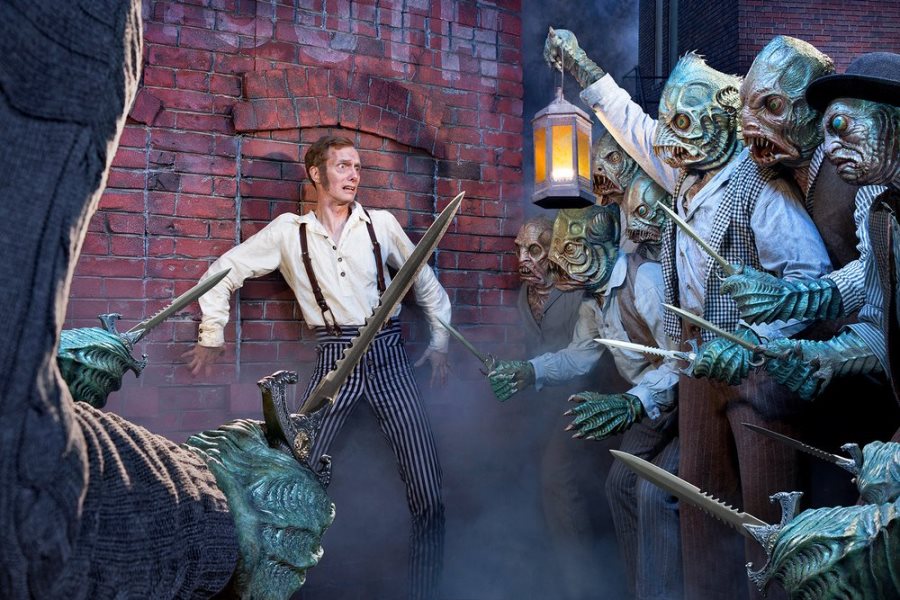
You also want to avoid lighting your scene like a portrait. On-camera flash is forbidden. It will make your scene, no matter how well staged, look like a snapshot. Instead, allow your lighting to originate from the scene itself – from a lamp or TV inside the frame for instance.
If you are able to augment your lighting with off-camera lighting equipment, set your lights up just out of frame and aim them so that they amplify and embellish the light coming from the light sources within the frame, like a lamp.
If you have a single flash, aim it towards the ceiling. This will help fill in shadow areas. Just don’t make it too bright. The scene should still appear to be lit by the light sources within the scene. If you have a built-in flash that can’t be aimed at the ceiling, it’s better to just turn it off or cover it up.
You can get a better exposure if you use brighter lightbulbs in the light fixtures on set. For additional effects, consider adding a fog machine for mood or lighting texture. Fog machines work great to create visible flash-light beams. Small inexpensive machines can usually be found during Halloween season.
Work smarter
Building sets is expensive. Search for free locations you have access to instead. Do you have a spooky basement, or creepy attic you can use? Do your parents, or your friends? Remember, you don’t need the whole room to look great, just a section will do. You only need enough to be your set/backdrop.
Shooting outdoors is also an option. If this is the case, you should plan on shooting at dusk when the light is moodiest. Fog or rain, assuming you are careful with your equipment, is a blessing.
Look out for options that will make the scene feel more three-dimensional. Corners of rooms feel deeper than the flat of a wall, and shooting through foreground elements will also quickly add a sense of depth. Also consider restricting your colour palette to only three colours; this will give your photo a sense of cohesive design.
Pay attention to prop options, like furniture, lampshades, wall art. Every detail can take on significance in your photo. Be thoughtful about your selections. Look around you. Explore your options. It’s ok to politely ask permission to borrow something. If you take your photo seriously, other people will too.
Make sure you behave like a professional and return borrowed props immediately after your shoot. Develop and protect your reputation for integrity and responsibility. Good manners and good work will make others want to help you. Good people skills are the secret to being a good photographer.
Costumes can take some ingenuity if you don’t already have what you need in your wardrobe. If there is a costume shop in your area, definitely check it out. Costume rentals are typically cheaper than buying or making a costume from scratch. Other options, like zombie clothes, can be found in thrift stores, then distressed at home cheaply using scissors and aged by rinsing them in coffee.
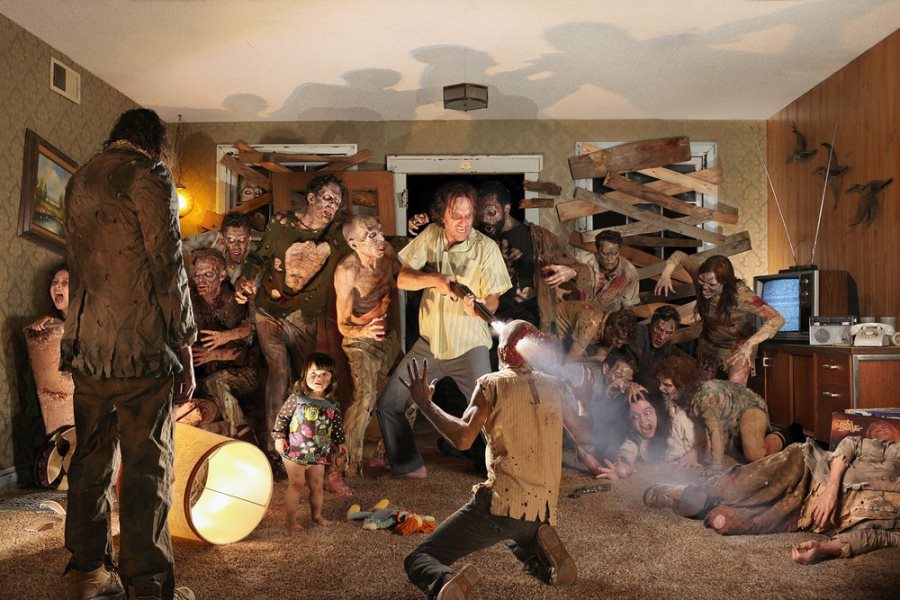
Participants
Look towards friends and family members to be your actors. Look for interesting faces. Try to match someone’s natural look with a role that fits them. If you’re working with children, make sure they are never actually frightened. Involve them with the process. They must trust you. Scaring children for real is against the rules and potentially hazardous to the child. If you explain what you are going for, most kids will want to play along.
When working with children it can help to use other trusted family members as the villain. This way, children will feel comfortable and unafraid. Treat your photo shoot like a giant game of dress-up. Everyone has a character and an emotion to play. I used to rehearse with my children by making faces together. Start a game: “Who can look the most terrified?” It was fun trying to outdo each other. And it meant they knew exactly what to do when it came time to shoot.
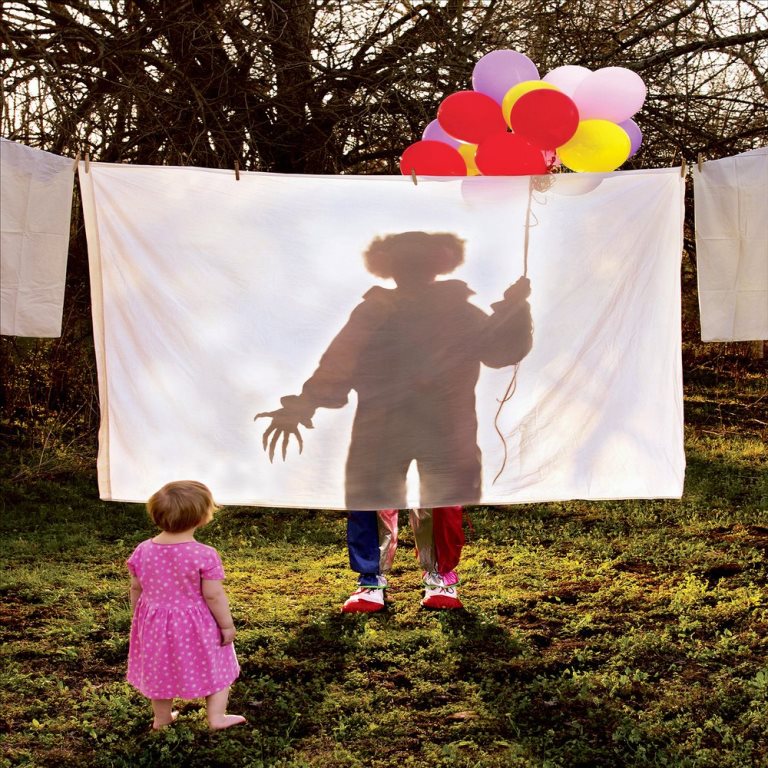
Special effects
Special effects, including make-up, can be difficult and expensive to acquire, so it’s best to be resourceful and to focus on concepts that you actually have the resources to accomplish. I have used mannequins, taxidermy, repainted Halloween masks, and done my own simple make-up jobs.
It’s worth contacting professional make-up artists and inviting them to collaborate, and local haunt attractions can be another great resource for make-up artists, performers, props and even set pieces.
Stage blood is cheap to make. Utilising shadows (instead of visible monsters) costs even less. A successful horror photograph is not contingent upon expensive special effects.
Gear and technique
What type of camera you shoot with is not the most important thing. You can have fun shooting horror photographs using your phone. However, it is usually best to shoot with a wide lens; this opens up the scene, and makes your small set appear larger than it really is. I shoot on a Canon camera, and tend to favour 24mm or 32mm lenses. I also like a shallow depth of field, and tend to shoot wide open at f/2.8.
I also recommend shooting on a tripod – if you lock the camera down, it is easier to combine elements from different frames in Photoshop later. For instance, if your victim is giving the best scream in frame 17, but the glint off of the villain’s knife is best in frame 33, you can composite them together for a perfect final image.
Good compositing takes time and forethought. I personally try to get everything right in-camera while shooting, producing a ton of footage in my pursuit of the perfect frame. However, on many occasions I’ve had to shoot an element separately – for budgetary or safety reasons – to be composited into the main frame later.
If I need to do this, I’ll carefully position the element so that the lighting and focus are a perfect match. Hair is difficult to cut out believably, so I will usually position my models in front of a section of background that will allow me to cut wide around their hair. Photoshop skills, while not a requirement for horror photography, will certainly open up new possibilities and give you the ability to polish out imperfections – especially in special effects.
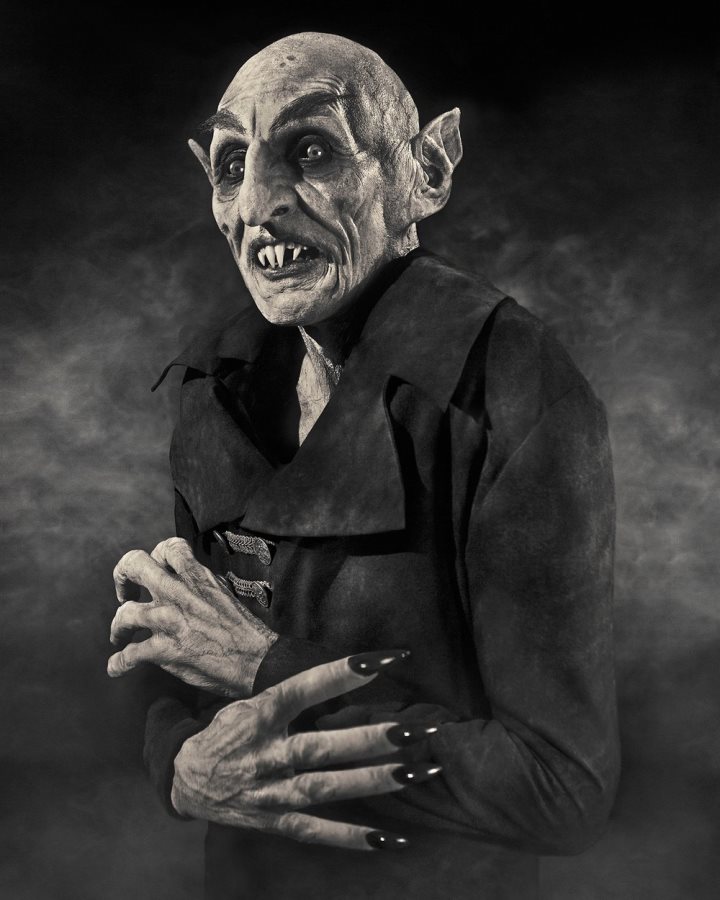
Remember to have fun with your photo project. It is a working party. Everyone there is a volunteer, so make sure they are having a good time. You’ll get better photos if you do.
Lastly, keep your ideas basic. Make sure the viewer can understand the situation easily. Familiar stories and monsters anchor the viewer, and simplicity is the key to elegance.
Now go scare somebody!
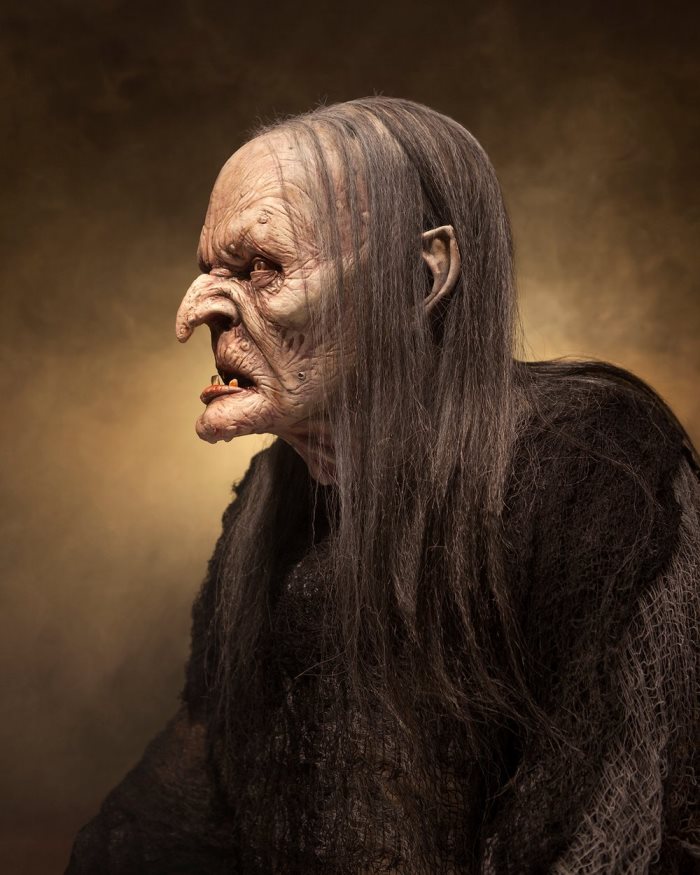
About the Author
Joshua Hoffine is a photographer specialising in staged horror photography. See more at his website: joshuahoffine.com.
Related articles
Telling Stories with Macro Photography
Shoot a Smoky Abstract
Diary of a Fashion Shoot

